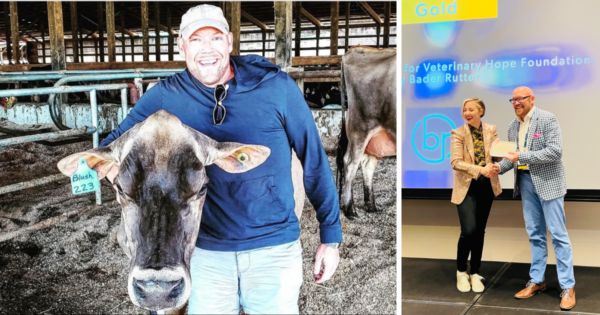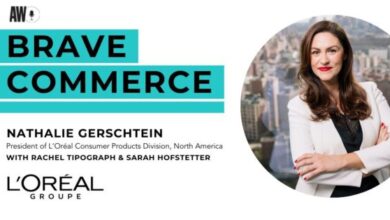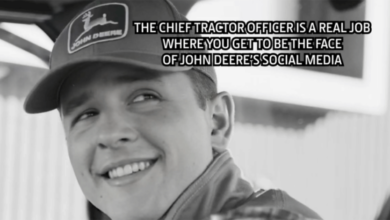
According to Gallup, more than 11% of millennials and nearly 20% of Gen Z identifies as LGBTQ+. How does that change show up in agriculture and ag marketing?
Growing up as a gay kid in the middle of a cornfield, there were 100 people in the town I grew up in. I often wondered if there was a place for me within agriculture.
I have tried to use my voice as a leader in agriculture culture and agri-marketing—on social media and other places—to make sure kids know that there is a place in agriculture for them as LGBTQ+ individuals. I was at the World Dairy Expo two or three years ago, and a woman came up to me and said, “Are you David Jordan?” And I said, “Well, it depends… does he owe you money?”

I said, “No, seriously, I am,” and she said, “I just have to say thank you.” And asked what for, and she said, “Because my 18-year-old son follows you on social media and you showed him that you can be out and that he could have a job as a dairy farmer being who he is.”
Sometimes we take for granted the power of individuals, that we have an influence on the people that you don’t even know are watching.
How do you ultimately make recognition of various audiences a B2B issue and message?
Veterinarians are more likely to have mental health issues than others in the agriculture community as a whole. It’s what led us to being one of the co-founders of the Veterinary Hope Foundation, to bring awareness and support to the veterinary community and infrastructure to help address the mental health crisis among veterinarians.
Brands have to think about what their customers are dealing with and what their customers are up against beyond just the numbers and the dollars and cents of running the business. When we see an audience in need, we as marketers, as brands, have a responsibility to run toward them to lift them up rather than just trying to sell them more stuff.
Veterinarians go through a great deal of post-traumatic stress through their work. How does your program help, and how do you present it to partners as both good citizenship and good marketing?
Young veterinarians come out of vet school with a ginormous amount of debt, and they become overwhelmed with managing the business. They also don’t necessarily have the tools and training to be prepared that in one moment you’re giving vaccination to a new puppy, but the next room you may go into is having to euthanize a dog and provide counsel and grief support to your client who’s put down their trusted friend of 13 years or more.




